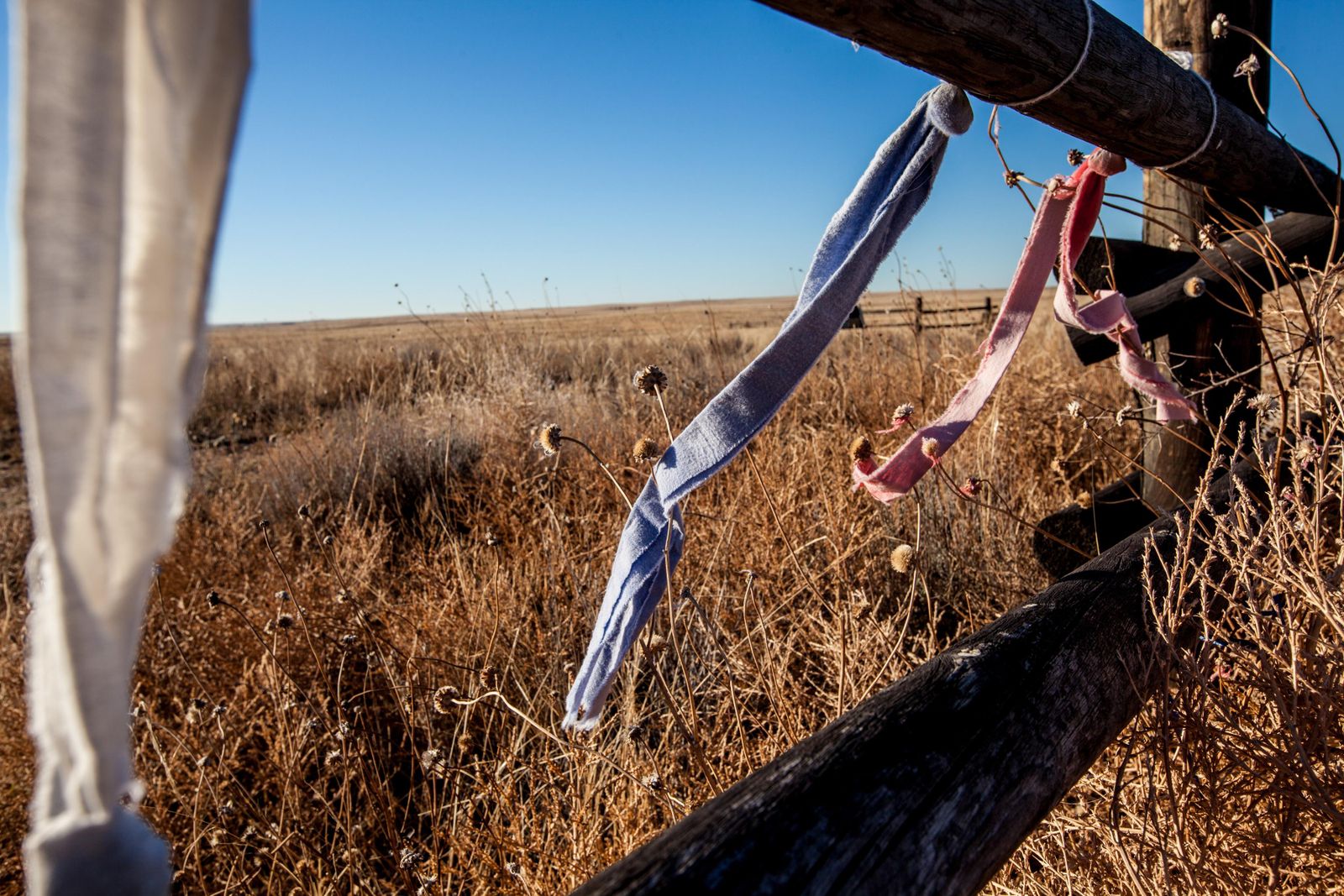November 29 is the anniversary of The Sand Creek Massacre in 1864. This day saw the deaths of hundreds of Cheyenne and Arapaho people. Mostly women and children.
The story starts in Colorado in June of that year. A white settler family is murdered, and Indians are assumed to be the perpetrators. Ever prone to paranoia, rumours quickly spread amongst the settlers that an Indian uprising with confederate support was brewing that would see them driven back east off of “their” land.
So the governor of Colorado puts out an order that any Indians that do not submit themselves to a fort for “protection” and supplies are to be shot on sight. He also told all the white settlers “to go in pursuit of all hostile Indians on the plains”, and any organised groups would be supplied with weapons and ammunition.
In response to these declarations, Cheyenne led by Chief Black Kettle and Arapaho led by Chief Little Raven surrendered themselves to Fort Lyon. After collecting their weapons and processing them, they were told to camp at Sand Creek, where they would be under the protection of the fort.
On November 28, a group of Indian hunting militia, led by Colonel Chivington arrived in Fort Lyon. Despite protests from many of the officers there, he made up plans to attack the camp on the following day.
When the Indians saw the attack coming the following morning, they quickly ran up an American flag, and a white flag as instructed. Of course it didn’t make much difference. Two officers refused to obey the attack order, but the vast majority of Chivington’s army was happy to follow their orders. For the next 7 hours, they were met with little resistance, and did whatever they wanted to do with the people in the camp.
This is ordinarily where I would describe what they did. But I’m sorry, I don’t think I have it in me to do that today. It’s REALLY bad. If you would like to know some of the horrors that they inflicted on the Indians that day, then I encourage you to read Appendix I from the excellent book “A Century of Dishonour” by Helen Hunt Jackson in 1881. Suffice to say that when the US army re-enacted it in 1968 in My Lai Village 100 years later, they were way less creative with their infanticide.
But Chivington proudly paraded through Denver afterwards, showing off body parts and other souvenirs from his victory over the Indians. Although the events of the day proved horrifying even to white people of the day, no charges or punishments were ever delivered on Chivington or his men. Although many younger Indians were quite understandably outraged by this event and started raiding, Chief Black Kettle continued to advocate for peace, as he did not believe a war would be winnable. He was killed in The Washita River Massacre four years later.


This really doesn’t capture cutting a fetus out of a murdered woman’s body in order to scalp it.